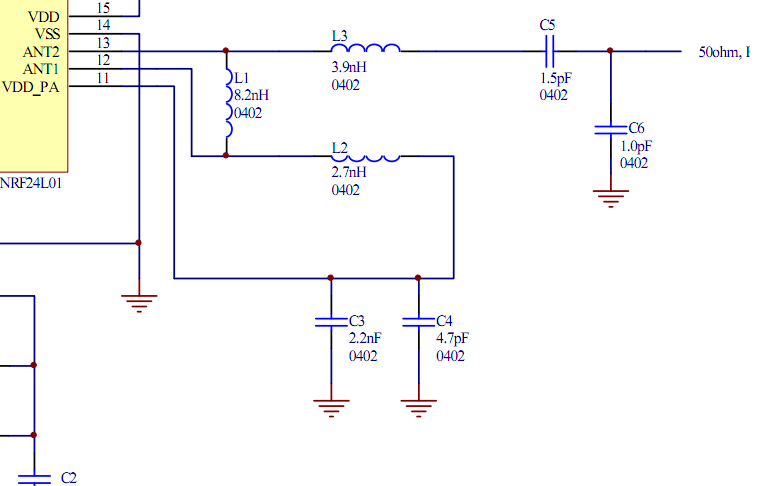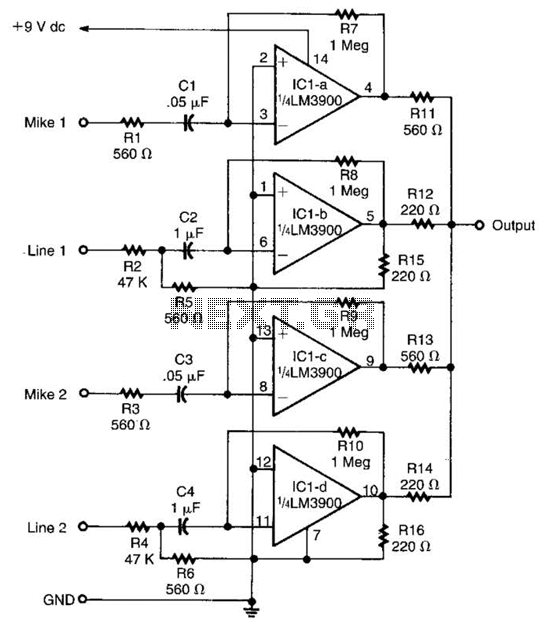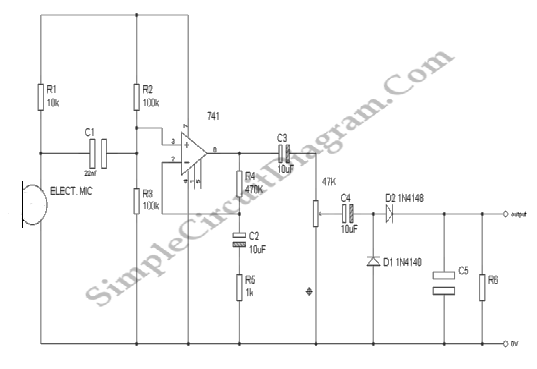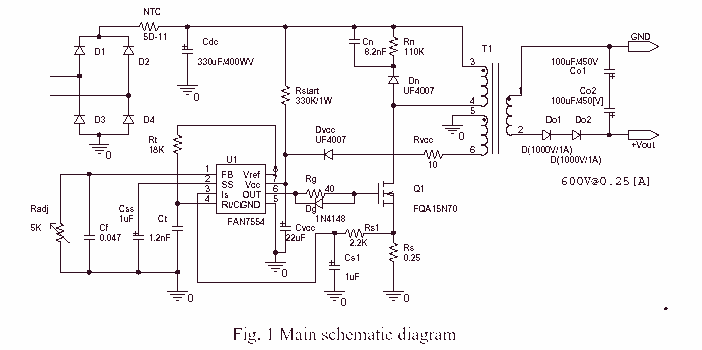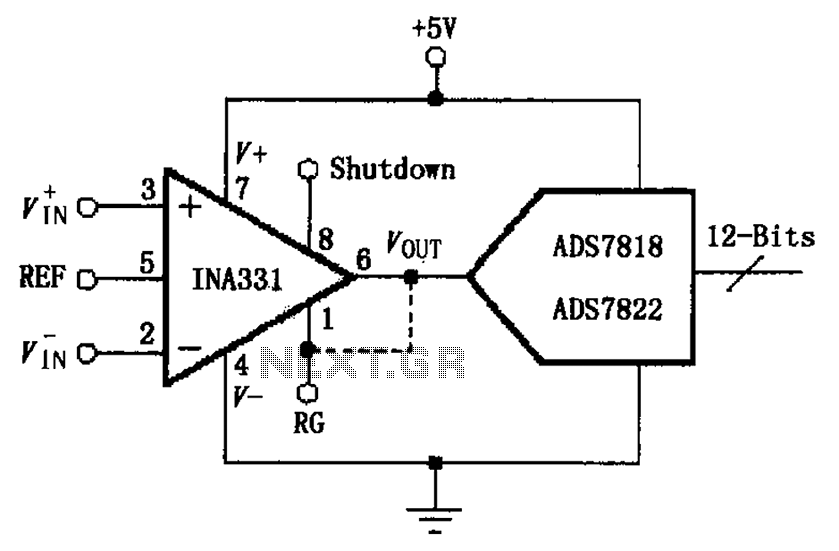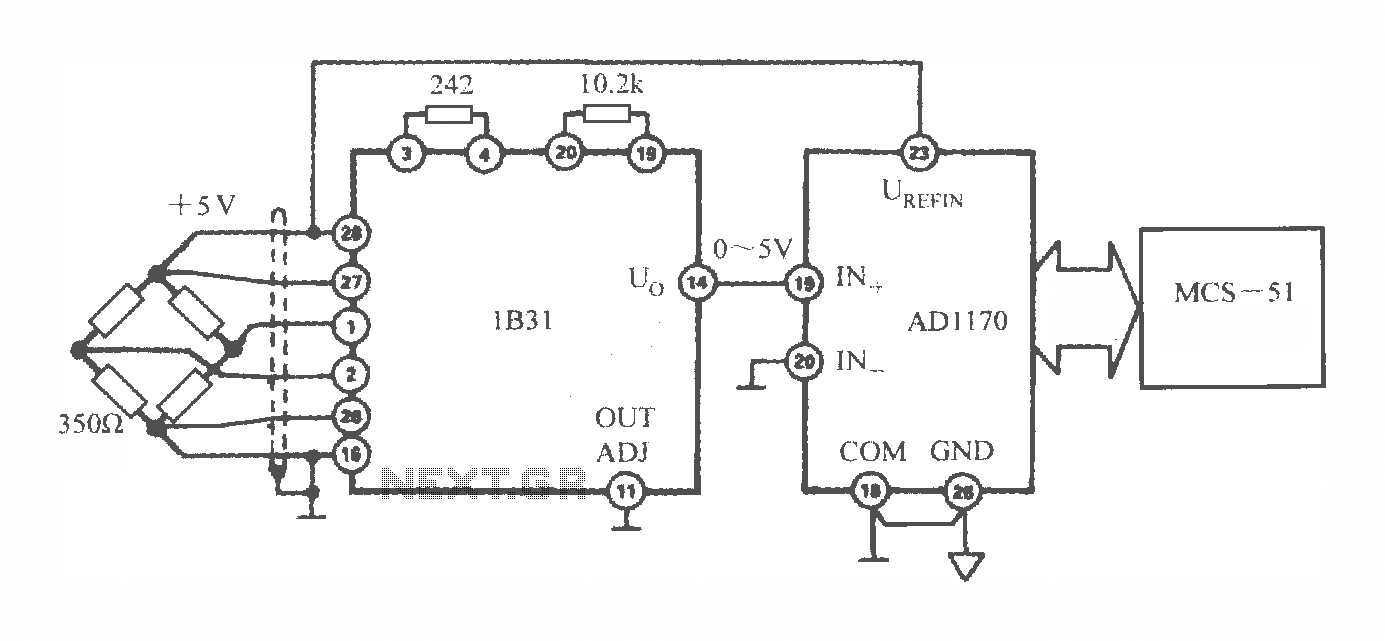
Mixer Converter Circuits
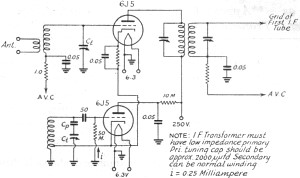
In 2011, designing a frequency converter circuit typically involves selecting an integrated circuit (IC) that meets specific requirements regarding gain and mixer spurious products, along with adding a couple of filters and a power supply. Often, the oscillator is integrated within the IC. There are exceptional cases where a basic mixer must be used, requiring a more hands-on approach, but this is generally simpler than designing a vacuum tube circuit. It is noteworthy how engineers and hobbyists of the past achieved remarkable results using point-to-point wiring and basic tools. An article from the February 1941 QST magazine discusses considerations relevant to this topic, which may be applicable to vintage radios. The design of an efficient mixer or converter circuit frequently poses challenges for amateurs attempting to construct their own communications receivers. In practice, amateurs often cannot ascertain whether the stage is performing normally and, lacking the equipment to measure gain, they may not investigate whether it is functioning efficiently. However, there are straightforward methods to determine the operational efficiency of a mixer or converter, which this discussion aims to elucidate, alongside theoretical insights into converter operation. The various characteristics of available mixers and converters are also reviewed, along with a general examination of their performance attributes. An intricate mathematical theory concerning converter or mixer operation is not essential for the issues at hand. Generally, a converter functions by generating a current at the oscillator frequency, which is modulated by the incoming signal to yield an intermediate frequency. The tube's capacity to produce a current at an intermediate frequency is defined by "conversion conductance," which is the ratio of an incremental change in intermediate frequency current to the incremental change in radio frequency (RF) signal voltage that induces the current. This conductance, measured in micromhos, is specified for all converters and can be utilized to compute stage gain, analogous to the use of mutual conductance in RF amplifiers. The gain equation for a single tuned load is expressed as Gc, the conversion conductance, Rp, the plate resistance, and RL, the tuned load resistance. Published data on plate resistance and conversion conductance can be leveraged to calculate conversion gain. A comparison of gain for various available tubes is provided, with gain figures calculated for a tuned load impedance of 200,000 ohms, which corresponds to modern high-quality transformers. If gain were the sole criterion, this information would suffice for selecting a converter tube. Tube noise is generally not a critical factor in converter comparison since converters are inherently noisy devices, producing noise voltages of similar magnitudes. For converters like the 6A8 and 6SA7, the noise output is approximately four times greater than that of RF amplifiers such as the 6SK7 or 6K7. When a high signal-to-noise ratio is essential, it is advisable to precede such converters with an RF stage. The selection of a converter is typically influenced by characteristics such as oscillator stability concerning automatic volume control (AVC) and terminal voltage fluctuations, pull-in characteristics, and oscillator transconductance, which impacts the ease of oscillation, especially at high frequencies, along with other undesirable attributes that may lead to losses.
In the context of designing frequency converter circuits, the integration of modern ICs simplifies the process significantly compared to traditional methods. The use of filters is crucial to mitigate unwanted frequency components that may arise from mixing processes. Additionally, the power supply must be appropriately designed to ensure stable operation of the IC and associated components.
In cases where a basic mixer is employed, the designer must consider various factors such as impedance matching, bandwidth, and the linearity of the mixer to achieve optimal performance. The choice of components, including transformers and capacitors, plays a vital role in determining the overall efficiency and effectiveness of the circuit.
Furthermore, understanding the conversion conductance and its implications on gain calculations allows for more informed decisions when selecting components, ensuring that the desired performance metrics are met. The noise characteristics of different tubes and their impact on the overall signal integrity must also be evaluated, especially in applications where clarity and fidelity are paramount.
The historical context provided by earlier engineering practices serves as a valuable reference for contemporary designers, highlighting the evolution of techniques and the importance of foundational knowledge in circuit design. By leveraging both modern technology and traditional principles, engineers can create robust and efficient frequency converter circuits suitable for a wide range of applications.In 2011, designing a frequency converter circuit consists in most cases of picking out an IC that has the characteristics you need from a gain and mixer spurious product standpoint, add a couple filters, and a power supply. In many cases the oscillator is part of the IC. Of course there are special cases where you have to use a basic mixer and do everything yourself, but even that is simpler than designing a tube circuit.
It really is amazing what engineers and hobbyists of yore were able to accomplish using point-to-point wiring and a slide rule. Here is a good article form the February 1941 QST magazine that discusses some of the considerations.
Maybe you have an old radio that this knowledge will apply to. THE design of an efficient mixer or converter circuit is often the one thing that prevents the amateur from building his own communications receiver. In application the amateur usually is unable to tell whether or not the stage is giving normal performance and, lacking equipment for checking gain, no attempt is made to find out if it is doing the job efficiently.
However, there are simple ways of determining whether or not a mixer or converter is operating efficiently, and it is the purpose of this discussion to explain these methods and to give some theory on the operation of converters. The general characteristics of the several mixers and converters now available are also given, with a general discussion of the performance characteristics of each.
An elaborate mathematical theory of the operation of a converter or mixer1 is of no great importance for our particular problems. Roughly, a converter operates as follows: Within the tube there is developed a current at oscillator frequency which is modulated by the incoming signal to produce an intermediate frequency.
The ability of the tube to develop a current at an intermediate frequency is given by the" conversion conductance, " which by definition is the ratio of an incremental change in intermediate frequency current to the incremental change in r. f. signal voltage that produces the current. This conductance in micromhos is published for all converters, and its use to calculate stage gain is analogous to the use of mutual conductance with r.
f. amplifiers. The gain equation for a single tuned load is where Gc is the conversion conductance, Rp is the plate resistance, and RL is the tuned load resist ance. Published values of plate resistance and conversion conductance can therefore be used to calculate conversion gain.
The tabulation following gives a comparison of gain for a group of tubes now generally available. The gain figures were calculated for a tuned load impedance of 200, 000 ohms, which is equivalent to the better transformers now available. If gain was the only consideration the above would suffice for the selection of a converter tube. Tube noise is generally not a consideration when comparing converters simply because the converter is inherently a noisy device and most converters develop noise voltages of approximately the same magnitude.
The noise output of converters of the 6A8 and 6SA7 type is approximately 4 times greater than that of an r. f. amplifier like the 6SK7 or 6K7. Where the ultimate in signal-to-noise ratio is desired it is necessary to precede converters of this type with an r.
f. stage. Usually the selection of a converter is based on the characteristics of oscillator stability with regard to a. v. c. and terminal voltage fluctuation, pull-in characteristics, oscillator transconductance that determines the ease of oscillation especially at high frequencies, and other deleterious characteristics that cause loss
🔗 External reference
In the context of designing frequency converter circuits, the integration of modern ICs simplifies the process significantly compared to traditional methods. The use of filters is crucial to mitigate unwanted frequency components that may arise from mixing processes. Additionally, the power supply must be appropriately designed to ensure stable operation of the IC and associated components.
In cases where a basic mixer is employed, the designer must consider various factors such as impedance matching, bandwidth, and the linearity of the mixer to achieve optimal performance. The choice of components, including transformers and capacitors, plays a vital role in determining the overall efficiency and effectiveness of the circuit.
Furthermore, understanding the conversion conductance and its implications on gain calculations allows for more informed decisions when selecting components, ensuring that the desired performance metrics are met. The noise characteristics of different tubes and their impact on the overall signal integrity must also be evaluated, especially in applications where clarity and fidelity are paramount.
The historical context provided by earlier engineering practices serves as a valuable reference for contemporary designers, highlighting the evolution of techniques and the importance of foundational knowledge in circuit design. By leveraging both modern technology and traditional principles, engineers can create robust and efficient frequency converter circuits suitable for a wide range of applications.In 2011, designing a frequency converter circuit consists in most cases of picking out an IC that has the characteristics you need from a gain and mixer spurious product standpoint, add a couple filters, and a power supply. In many cases the oscillator is part of the IC. Of course there are special cases where you have to use a basic mixer and do everything yourself, but even that is simpler than designing a tube circuit.
It really is amazing what engineers and hobbyists of yore were able to accomplish using point-to-point wiring and a slide rule. Here is a good article form the February 1941 QST magazine that discusses some of the considerations.
Maybe you have an old radio that this knowledge will apply to. THE design of an efficient mixer or converter circuit is often the one thing that prevents the amateur from building his own communications receiver. In application the amateur usually is unable to tell whether or not the stage is giving normal performance and, lacking equipment for checking gain, no attempt is made to find out if it is doing the job efficiently.
However, there are simple ways of determining whether or not a mixer or converter is operating efficiently, and it is the purpose of this discussion to explain these methods and to give some theory on the operation of converters. The general characteristics of the several mixers and converters now available are also given, with a general discussion of the performance characteristics of each.
An elaborate mathematical theory of the operation of a converter or mixer1 is of no great importance for our particular problems. Roughly, a converter operates as follows: Within the tube there is developed a current at oscillator frequency which is modulated by the incoming signal to produce an intermediate frequency.
The ability of the tube to develop a current at an intermediate frequency is given by the" conversion conductance, " which by definition is the ratio of an incremental change in intermediate frequency current to the incremental change in r. f. signal voltage that produces the current. This conductance in micromhos is published for all converters, and its use to calculate stage gain is analogous to the use of mutual conductance with r.
f. amplifiers. The gain equation for a single tuned load is where Gc is the conversion conductance, Rp is the plate resistance, and RL is the tuned load resist ance. Published values of plate resistance and conversion conductance can therefore be used to calculate conversion gain.
The tabulation following gives a comparison of gain for a group of tubes now generally available. The gain figures were calculated for a tuned load impedance of 200, 000 ohms, which is equivalent to the better transformers now available. If gain was the only consideration the above would suffice for the selection of a converter tube. Tube noise is generally not a consideration when comparing converters simply because the converter is inherently a noisy device and most converters develop noise voltages of approximately the same magnitude.
The noise output of converters of the 6A8 and 6SA7 type is approximately 4 times greater than that of an r. f. amplifier like the 6SK7 or 6K7. Where the ultimate in signal-to-noise ratio is desired it is necessary to precede converters of this type with an r.
f. stage. Usually the selection of a converter is based on the characteristics of oscillator stability with regard to a. v. c. and terminal voltage fluctuation, pull-in characteristics, oscillator transconductance that determines the ease of oscillation especially at high frequencies, and other deleterious characteristics that cause loss
🔗 External reference
Warning: include(partials/cookie-banner.php): Failed to open stream: Permission denied in /var/www/html/nextgr/view-circuit.php on line 713
Warning: include(): Failed opening 'partials/cookie-banner.php' for inclusion (include_path='.:/usr/share/php') in /var/www/html/nextgr/view-circuit.php on line 713
